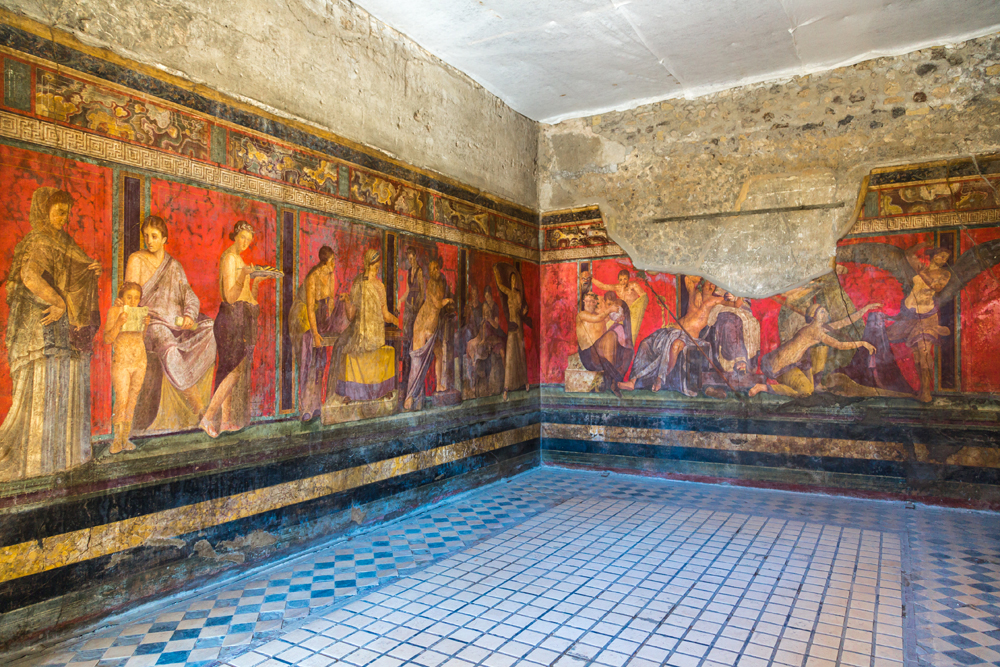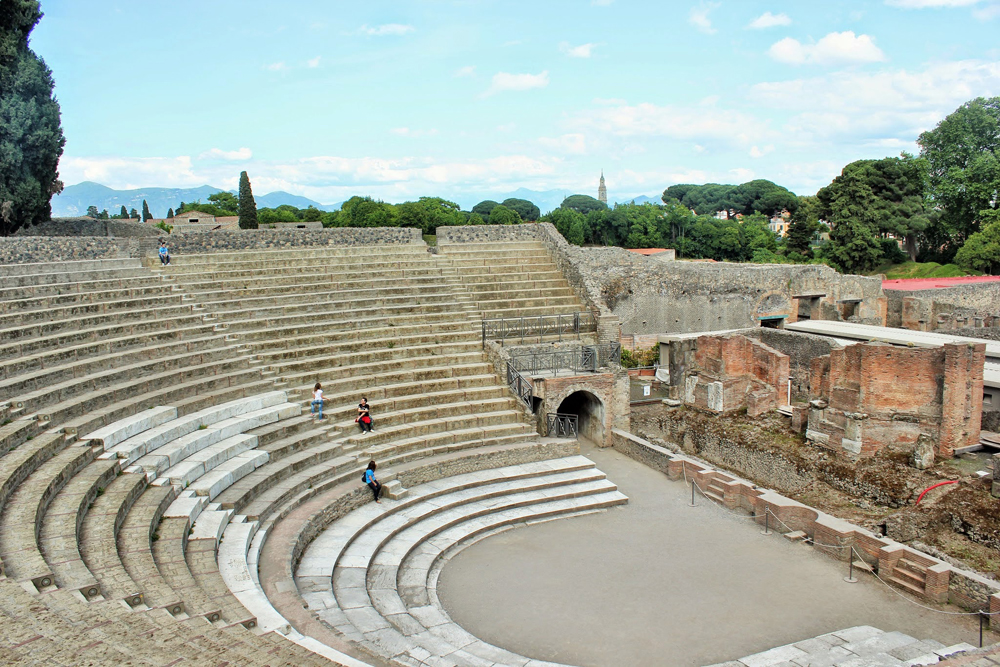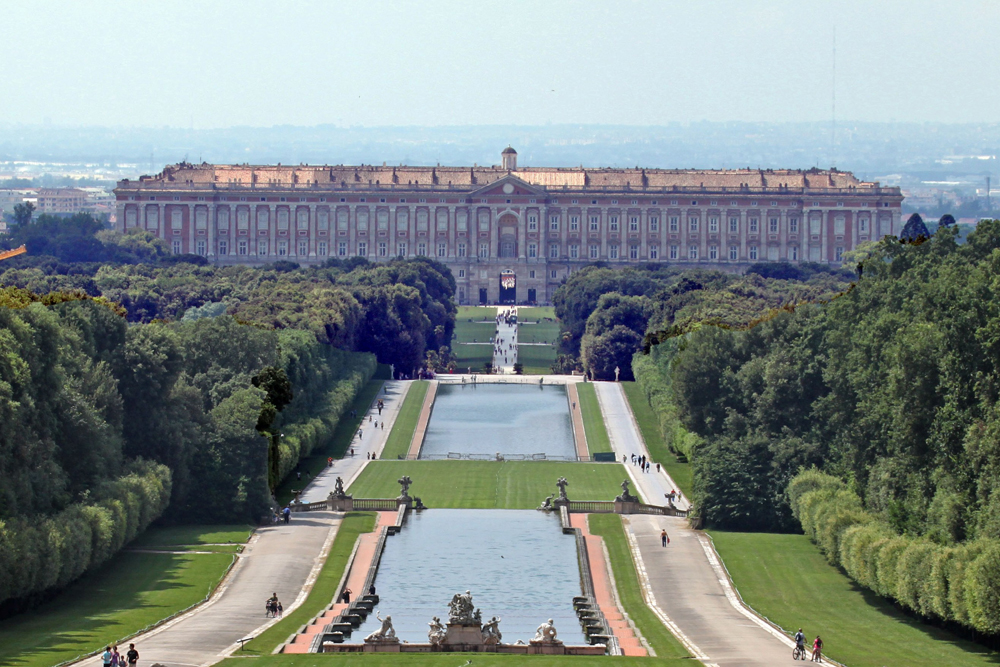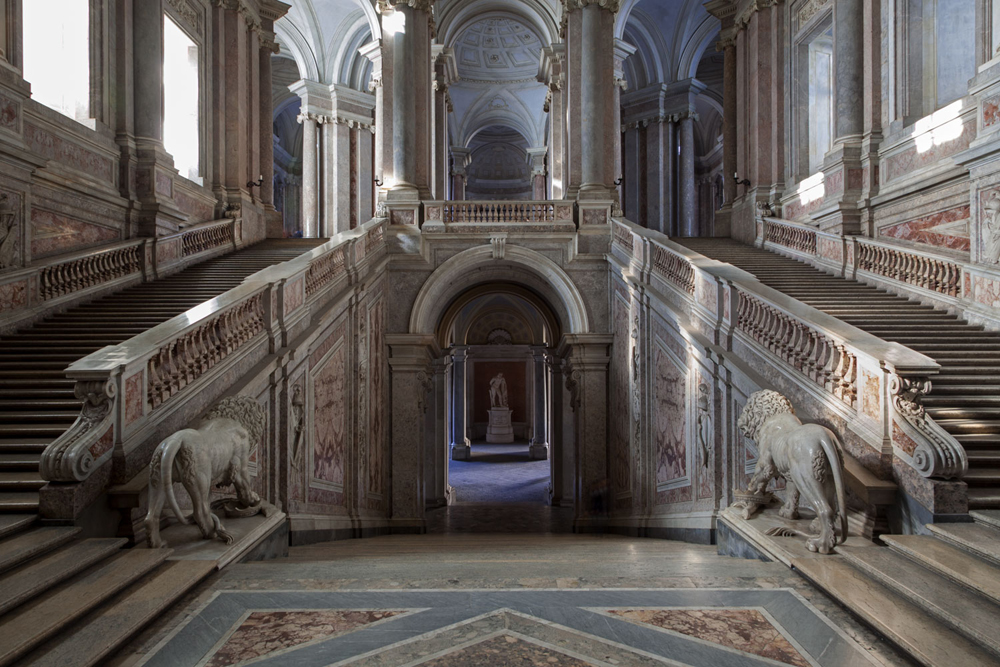Partner Programme
Thursday May 23, 2019
18.00
National Evening
Meeting in the Hotel's Lobby and departurefor a walking Guided Tour "Monumental Napoli"
Dinner at typical Pizzeria Medina
DRESS CODE
Dinner: Smart casual and comfortable shoes
Friday May 24, 2019
09.00
OPTION 1 Departure for visit to Pompei (eur 80,00 + VAT 22%)
Bus transfer to Pompei and guided walking tour of the historical and spectacular excavations; a fascinating journey in the past! (duration of the guided visit 2hours and half about). Lunch at the end of the visit in a typical restaurant; time at leisure and return to Naples.
Note: The guided visit will be held upon minimum 15 partecipants confirmation
09.00
OPTION 2 Departure for visit to Reggia di Caserta (eur 80,00 + VAT 22%)
Bus transfer to Caserta and guided walking tour of the magnificent Reggia; an enchanting journey to the Bourbon Court (duration of the guided visit 2hours about). Lunch at the end of the visit in a typical restaurant; time at leisure and return to Naples
Note: The guided visit will be held upon minimum 15 partecipants confirmation
13.00
In case of non-attendance to any guided tours, lunch will be provided at H 13:00 by the hotel - Posillipo Room on 10th floor.
16.00
Return at the Hotel
18.30
Departure by bus to Villa Fattorusso for evening Gala Dinner
DRESS CODE
Tour: Smart casual and comfortable shoes
Dinner: Black tie
Saturday May 25, 2019
12.30
Farewell Lunch - Ristorante La Bersagliera at Borgo Marinaro in front of the Hotel
15.00
18.30
OPTIONAL Walking guided Tour "Historical Napoli City Center"
Walk through the historical city center with stop for visit at most important sites (eur 50,00 + VAT 22%)
Note: The guided visit will be held upon minimum 20 partecipants confirmation
DRESS CODE
Tour: Smart casual and comfortable shoes
Pompei excavations
Pompei was one of the largest and most splendid cities of the Roman era, as evidenced by the remains that pop up everywhere. The great production and export of oils and wines made Pompei a very rich city, which became a tourist destination for the Roman patricians. Who knows how Pompei would have become if in '79 AD. Vesuvius, which no one knew yet to be a volcano had not destroyed the city with its violent eruption. The prestigious Villa dei Misteri takes its name from the room located in the residential part of the building, overlooking the sea, with a large continuous fresco that covers the three walls, one of the most preserved pictorial works of antiquity; Via delle Tombe admiring the necropolis and exemplars of suburban villas up to Porta Ercolano, which owes its name to the fact that from here the road that connected Pompei to Ercolano came out. The Forum is reached, the center of daily life. On it overlook all the main public buildings for the administration of the city and justice, for the management of business, for commercial activities, in addition to the main places of worship of the city. Continuing, the Basilica, with its extension of 1500 square meters was the most sumptuous building of the Forum, and served as a space for the management of business and the administration of justice. The Sanctuary of Venus occupies a scenic artificial terrace with a splendid view of the Gulf of Naples and dominates the bay where the port was to be located. Venus was the protector goddess of Pompei, to whom the colony was named at the time of the deduction. After the Abbondanza Fountain we arrive at Lupanare, the "Red Light District", where prostitutes, mostly Greek and oriental slaves, practiced their profession. On the walls of the central hall of the building squares with erotic depictions told the clients about the activities that took place. Along Via dell'Abbondanza, you get to the Thaerme Stabiane, whose main entrance leads into a large courtyard where the pool is to the left, on the right a porch gives access to the male part articulated in apodyterium, with adjacent frigidarium, from which you access to the tepidarium and then to the calidarium. Then the Teatro Piccolo, a place dedicated to the representation of the theatrical genre most in vogue at the time, the mime, and to follow the Teatro Grande, realized by exploiting the natural slope of the hill for the construction of the cavea. It was built around the middle of the 2nd century BC and deeply restored according to the Roman taste: the works concerned the scene and the stage and the adoption of the velarium, a large sheet used as a cover for the hottest days, and the numbering of the seats. Along the Corridor of Gladiators and the homonymous alley you reach the Casa del Menandro, a typical example of the home of a high-ranking family that owes its name to a portrait of Menandro, an Athenian playwright, placed in the portico. The house belonged to Quinto Poppeo Sabino of the Poppei family. Along the homonymous lane you arrive at the Orto dei Fuggiaschi, an area previously occupied by houses, transformed in the years before the eruption in a vineyard, with a triclinium for outdoor banquets covered by a pergola. Inside the enclosure, at various points, 13 victims were found, adults and children, seized by death while trying to find an escape route. The casts of the 13 victims are now visible at the back wall of the garden. To conclude the Amphitheater, the oldest among those known in the Roman world. It could accommodate up to 20,000 spectators, the building is located in a suburban area just to facilitate the movement of such a large number of people. The arena is separated from the space intended for spectators by a parapet, frescoed with paintings of gladiatorial subjects, in whose upper part are still legible inscriptions with the names of the magistrates who built the steps.
Reggia di Caserta







